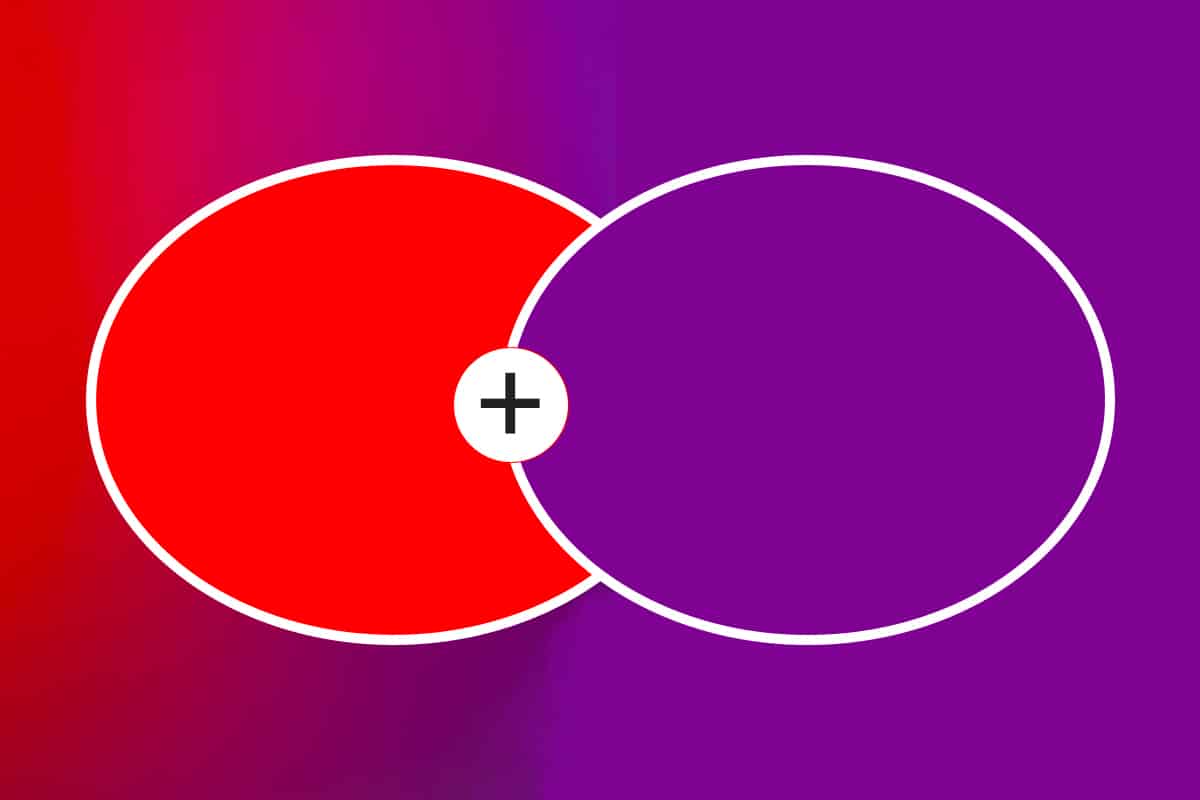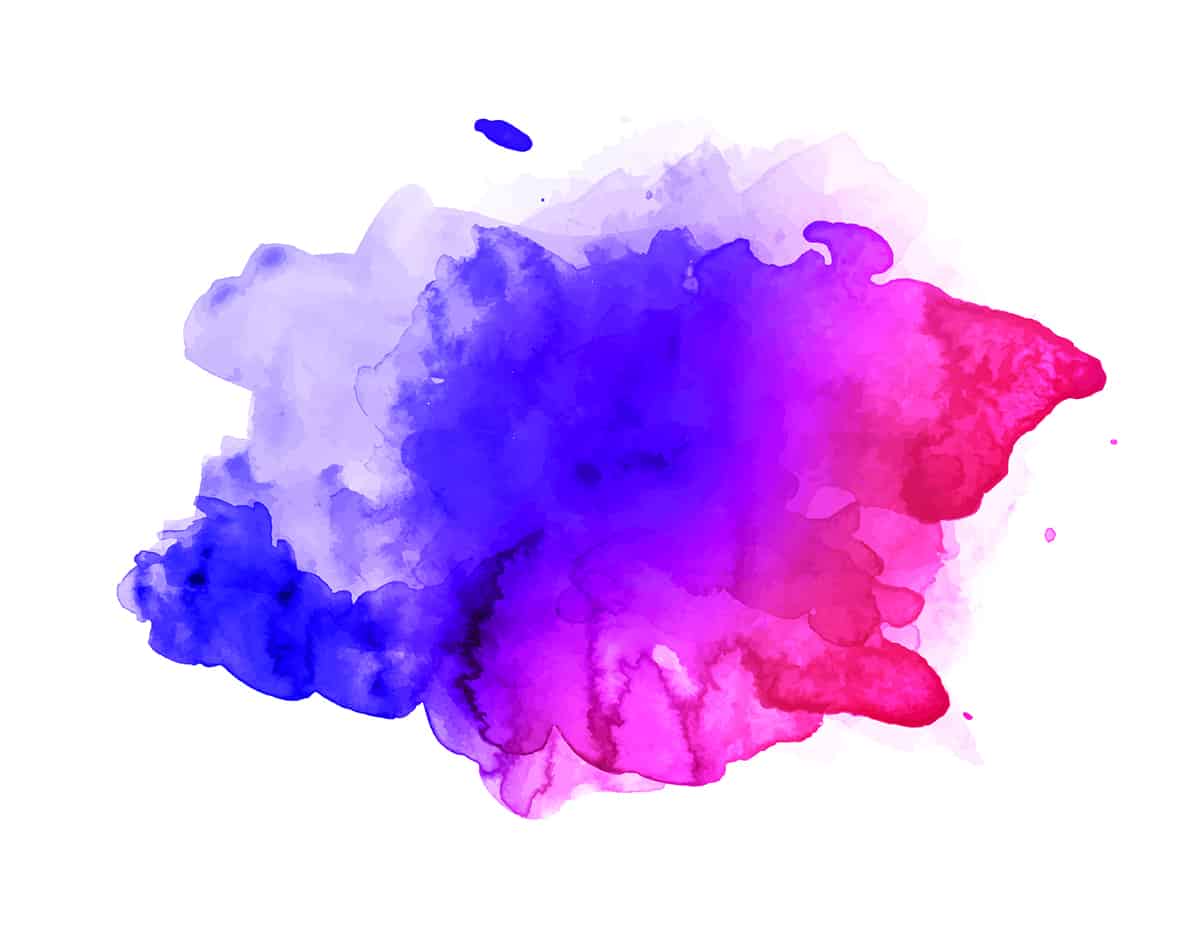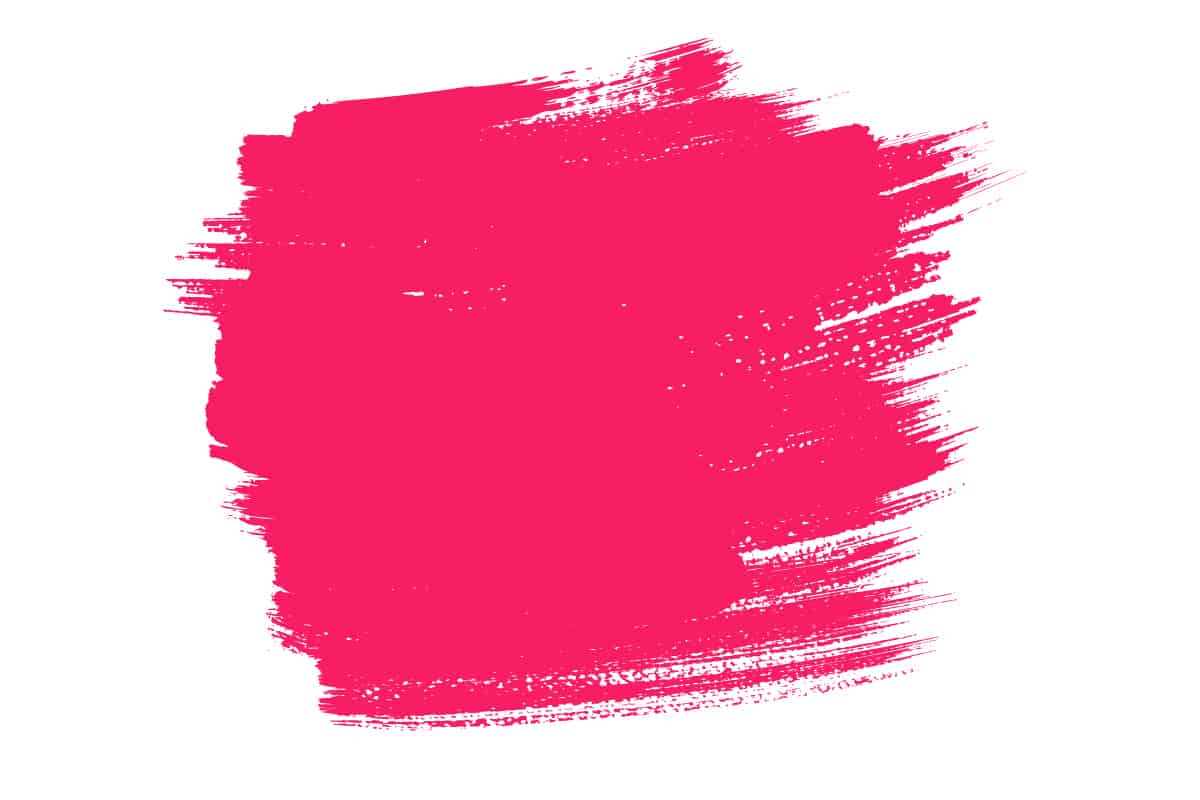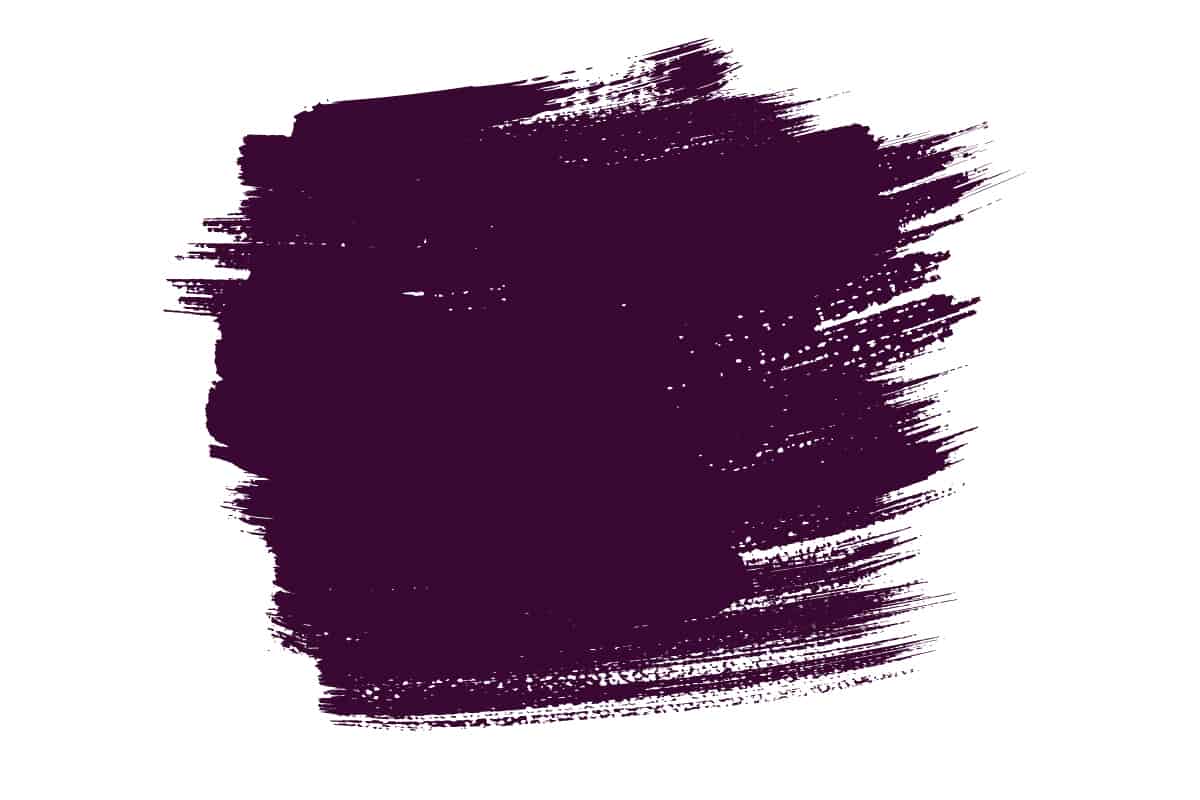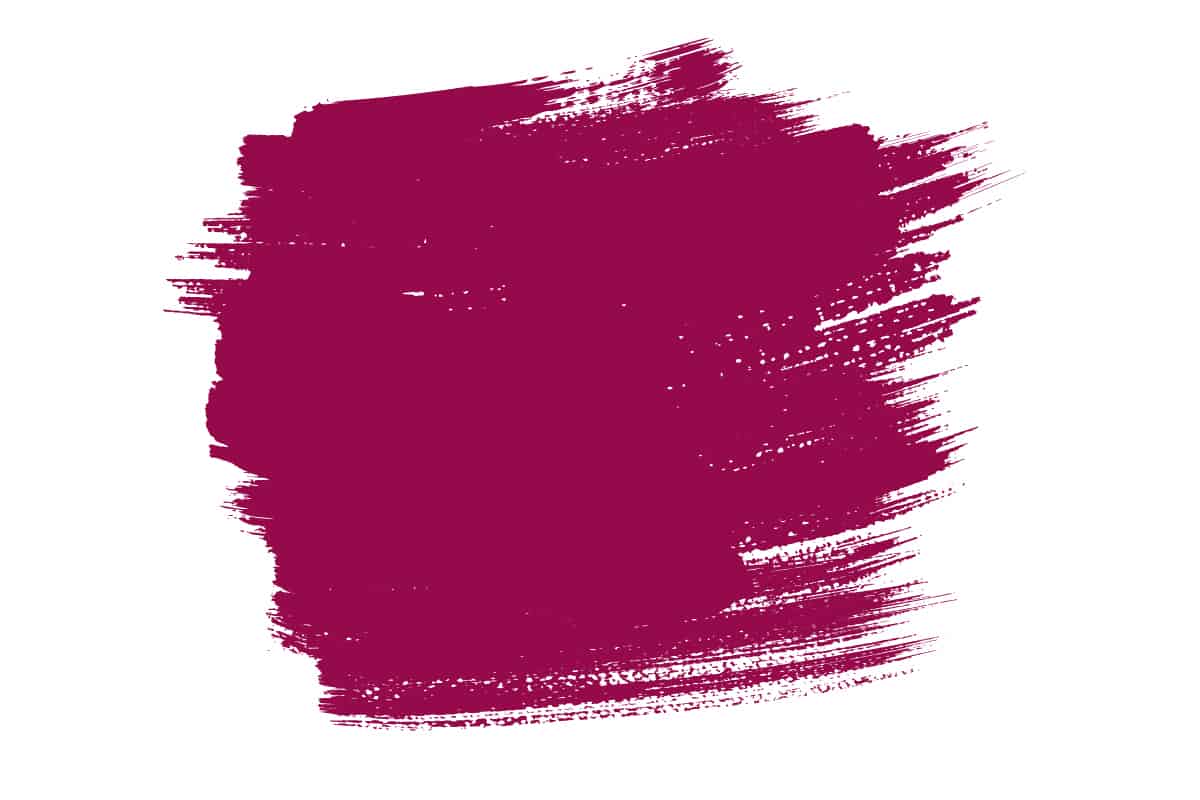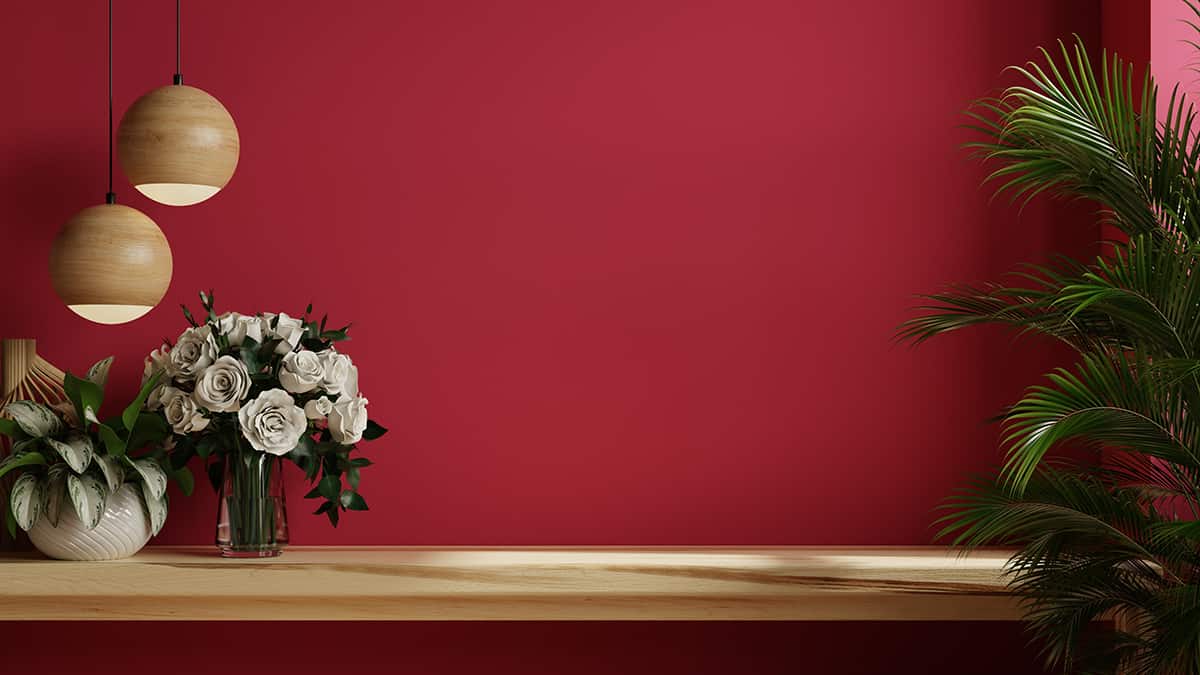Red and purple are separated by magenta on the color wheel, and they can be combined together to create this color.
Red is a primary color, while purple is a secondary color, and when the two are mixed in equal proportions, the resulting color is magenta, which is a tertiary color.
These three colors can be used together in home decor color schemes if you’re going for an analogous theme. You can also experiment with mixing red and purple in varying amounts to create a range of red-pink-purple colors.
Do Red and Purple Make Pink?
Red and purple do not make pink when they are mixed together. However, they do make a color that is very similar to pink, and some people may even describe it as having a pink hue. When red and purple are mixed in even proportions, i.e. one part red to one part purple, the resulting color will be magenta.
Magenta might be described as red-purple, and it can also be described as reddish pink-purple. If you want to create a true pink color, you’ll need to start with red and mix it with a small amount of pink.
How to Make Magenta
Magenta is made by mixing an even amount of red and purple. They can also be made by mixing uneven proportions of red and blue. This is because purple is a secondary color that is made by mixing red and blue, so when you are mixing red and purple, you’re actually mixing a lot of red with a small amount of blue.
A combination of 50% red and 50% purple will result in magenta. As purple is made from 50% red and 50% blue, this actually means that magenta is made from 75% red and 25% blue. You can make magenta by using a balanced portion of red and purple, or if you don’t have purple, you can create magenta using just red and blue.
Mixing Red and Purple
When you mix red and purple in even proportions, you will achieve a color called magenta. However, if you mix red and purple in uneven proportions, you create a whole range of other colors ranging from cabernet wine to jam through to eggplant. The shades of red and purple you begin with will also affect the final color.
If you’re mixing lilac with red, your resulting color will be a softer shade of magenta with more of a pink tone. Dark red mixed with purple will give you a deep shade of burgundy.
Shades of Red-Purple
Magenta
Magenta is a color that results from a perfect balance of red and purple. It reads as a warm shade because it can be broken down into three parts red to one part blue.
Since the color is predominantly made from red, which is a warm color, the overall feel of magenta is warm.
Eggplant
Eggplant is a shade of red-purple that has a much higher percentage of purple in the mix. It has a cooler look than other red-purple colors because the larger amount of purple in this shade means there is more blue in it.
To create eggplant, mix six parts purple to one part red. If the color isn’t dark enough, you can add the slightest touch of dark blue or black to make it deeper.
Wine
Wine is a dark shade of red with a hint of purple. This color can be created by mixing red and purple, but you’ll need a much larger amount of red compared with the amount of purple.
A combination of five parts red to one part purple, should work well, or you can experiment by starting with a pot of red paint and gradually adding purple to it until you achieve the shade of wine you desire. Be sure to thoroughly mix the colors together between each drop of purple that is added to ensure you get a true reading of the mixture.
Mulberry
Mulberry is a warm and rich shade of red-purple, which is achieved by mixing a larger amount of red with a slightly smaller amount of purple. Two parts red to one part purple can result in a nice, deep shade of mulberry, but this will depend on the types of red and purple paints you start with. You can experiment by gradually adding purple paint to red paint to see which colors you go through before reaching your desired shade of mulberry.
Magenta in Home Decor
Red and purple combine to create magenta, which is a warm and bright tertiary color. This shade can be really uplifting when used in home decor since it balances the warmth and passionate qualities of red, with the extravagance and creativity of purple.
Magenta is considered to be a cheerful color, which can symbolize contentment. The contrasting color of magenta is yellow-green, which can include shades such as lime green and chartreuse. These colors really help to bring out each other’s vibrance when they are used together and can create an exotic or tropical vibe. Since magenta is quite a strong and powerful color, it might feel overwhelming as the main color in an interior color scheme with magenta.
You could instead include magenta in your home decor by using it as an accent shade, for example, a magenta cushion on a gray sofa or a magenta lampshade in a sky-blue room. Magenta pairs really nicely with any shade of green, blue, or yellow. Use it with darker or muted colors to make it really stand out in a space, or use it with bright shades for a fun and eclectic style.
Magenta and mustard yellow are popular pairings that set each other off beautifully and create a powerful, modern take on a feminine-style interior. You could alternatively opt for magenta accessories in a black-and-white room to add a splash of personality and make individual items take center stage as the focal point.
